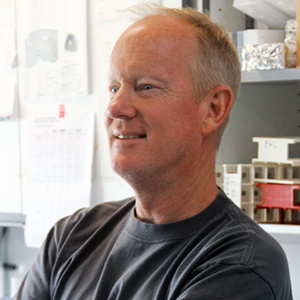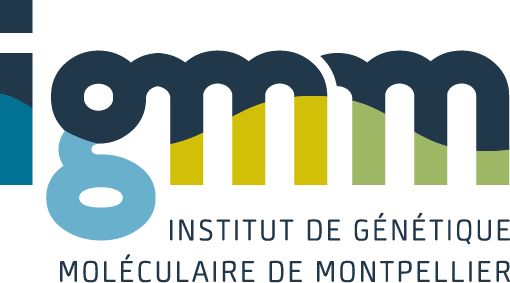Many clinically relevant tissues are refractory to Ad5 transduction because of negligible levels of the primary Ad5 receptor, the coxsackie and adenovirus receptor (CAR). Thus, development of Ad vectors that display CAR-independent tropism could lead directly to therapeutic gain. The Toronto strain of canine adenovirus type 2 (CAV2) exhibits native tropism that is augmented by, but not fully dependent upon, CAR for cellular transduction. We hypothesized that an Ad5 vector containing the nonhuman CAV2 knob would provide expanded tropism and constructed Ad5Luc1-CK, an E1-deleted Ad5 vector encoding the fiber knob domain from CAV2. Ad5Luc1-CK gene delivery to CAR-deficient cells was augmented up to 30-fold versus the Ad5 control vector, and correlated with increased cell surface binding. Further, we confirmed the importance of cellular integrins to Ad5Luc1-CK transduction. Herein, we present the rationale, design, purification, and characterization of a novel tropism modified, infectivity-enhanced Ad vector. (C) 2004 Elsevier Inc. All rights reserved.
An adenovirus vector with a chimeric fiber derived from canine adenovirus type 2 displays novel tropism
Glasgow, J. N.; Kremer, E. J.; Hemminki, A.; Siegal, G. P.; Douglas, J. T.; Curiel, D. T.
2004
Virology
2004-06-20 / vol 324 / pages 103-116
Abstract
0042-6822
IGMM team(s) involved in this publication

Eric J Kremer
Adénovirus : Récepteurs, Trafic Intracellulaire et Vectorologie
Étiquettes
in-vivo; protein; infection; therapy; escherichia-coli; adenovirus; gene therapy; coxsackievirus; ovarian-cancer cells; coxsackie and adenovirus receptor (car); gene-transfer efficiency; internalization; receptor expression; targeting; tropism modification
